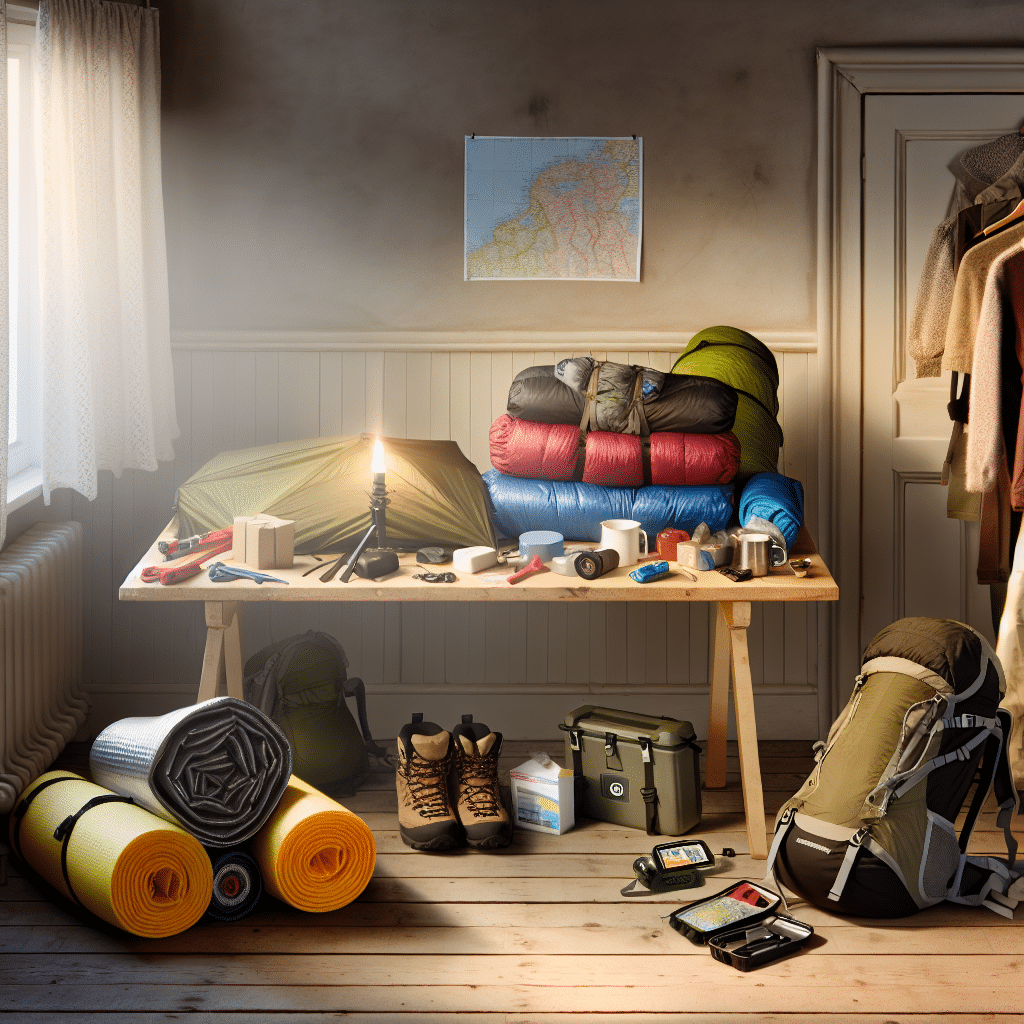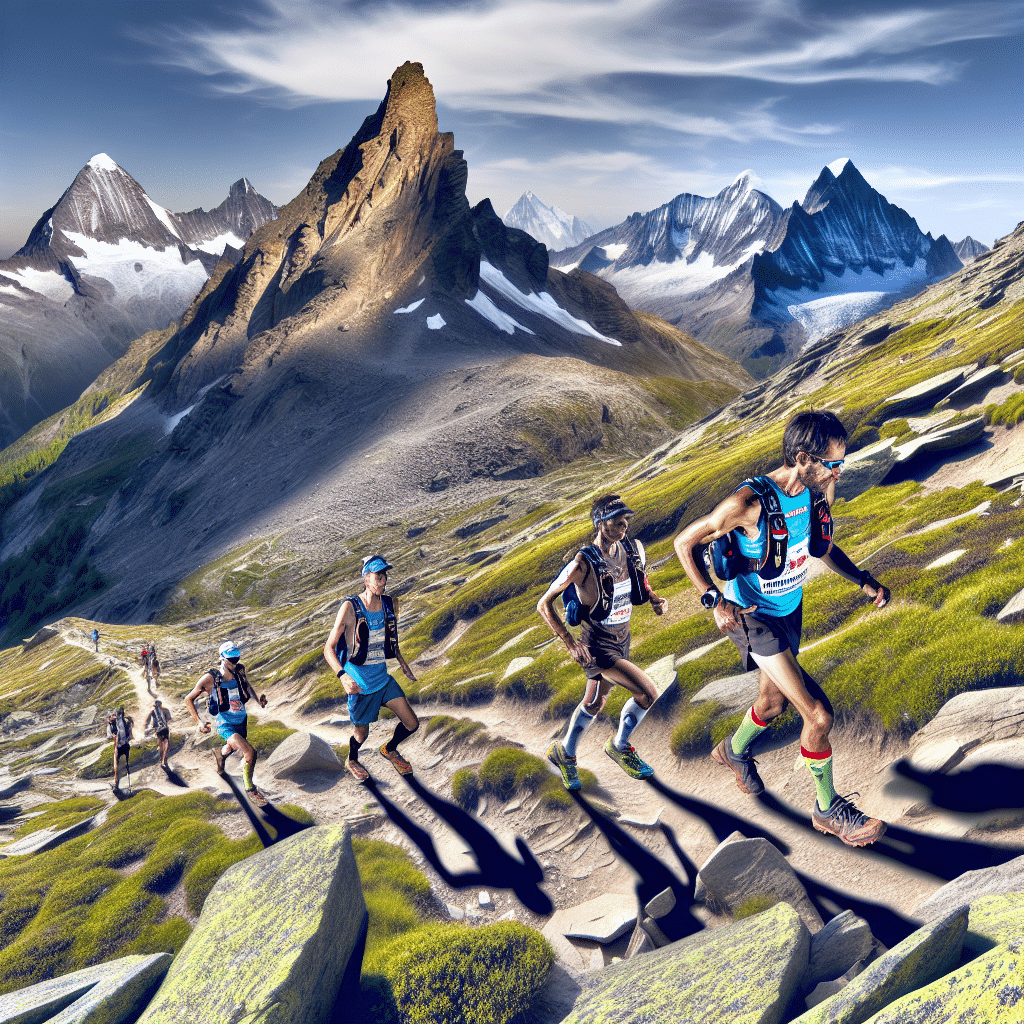Embarking on a backpacking adventure is a thrilling experience that demands careful planning and thoughtful packing. Whether you are heading into the wilderness for a weekend or embarking on a multi-week trek, knowing how to efficiently pack a backpacking pack can make or break your journey. This guide will help you maximize space, manage weight distribution, and ensure quick access to essential items.
Why is Proper Packing Important?
Understanding the importance of packing a backpacking pack correctly can enhance your comfort and safety. A well-packed backpack not only distributes weight evenly, reducing strain on your back and shoulders, but also helps you stay organized, making it easier to locate items when you need them. This efficiency can be crucial, especially in challenging weather or terrain.
How to Pack a Backpacking Pack Efficiently
Bottom Layer: Sleeping Essentials
Start with the bottom of your pack. This is the perfect place for items you won’t need until you set up camp, such as your sleeping bag and sleeping pad. Compress these items as much as possible to free up space for other gear. Many modern packs have a sleeping bag compartment, making it easier to access without disturbing the rest of the contents.
Middle Layer: Heavier Items
Place heavier items such as food supplies, cooking gear, and your tent closer to your back and in the middle layer of your backpack. This placement helps center the weight, which improves balance and reduces fatigue. If your backpack has a hydration bladder, this is also a good layer to place it.
Top Layer: Frequently Used Items
The top layer should be reserved for items you need easy access to throughout the day. These could include your rain jacket, first-aid kit, snacks, and map or GPS device. Packing these items on top ensures you won’t need to unpack your entire bag to get to them.
External Pockets and Attachments
Make use of your backpack’s external pockets and gear loops for quick-grab items like water bottles, trekking poles, and a headlamp. Side pockets are great for carrying extra water or fuel canisters. If your pack has a top lid compartment, consider storing small, important items there, such as your wallet or sunglasses.
Packing Tips for Specific Gear
Clothing
Organize clothing in waterproof sacks or dry bags. Roll your clothes instead of folding them to save space and reduce wrinkles. Keep a spare set of clothes in an easily accessible area in case you get wet.
Food and Cooking Supplies
Opt for lightweight, non-perishable food items and repackage them into smaller, resealable bags to save space and reduce waste. Carry a compact stove and nest your cooking pot with other kitchen items to save room.
First-Aid and Hygiene
A basic first-aid kit is a must. Keep it in an easily accessible pocket. Personal hygiene items should be packed in a small, waterproof bag. Remember to follow Leave No Trace principles by packing out all your waste.
Final Thoughts: Stay Organized!
Once you’ve figured out how to pack a backpacking pack efficiently, the key to a successful trip lies in staying organized. Take a few moments each day to repack and reorganize your gear. Regularly check your gear for wear and tear, and make any adjustments to improve comfort and accessibility.
Packing a backpacking pack correctly can significantly enhance your outdoor experience, making your journey more comfortable and enjoyable. Happy trails, and may your adventures be plentiful!




